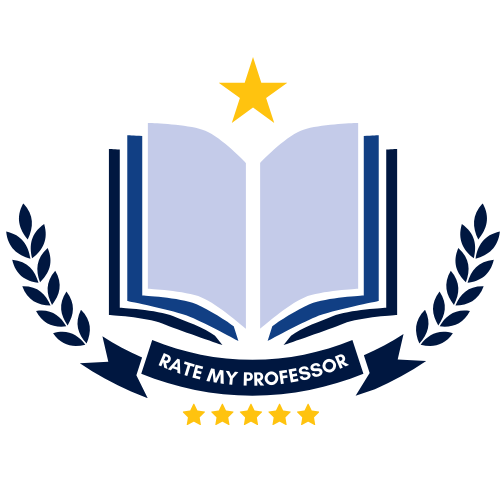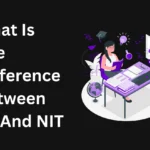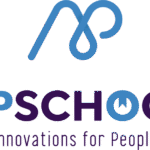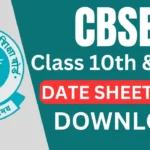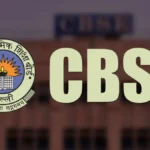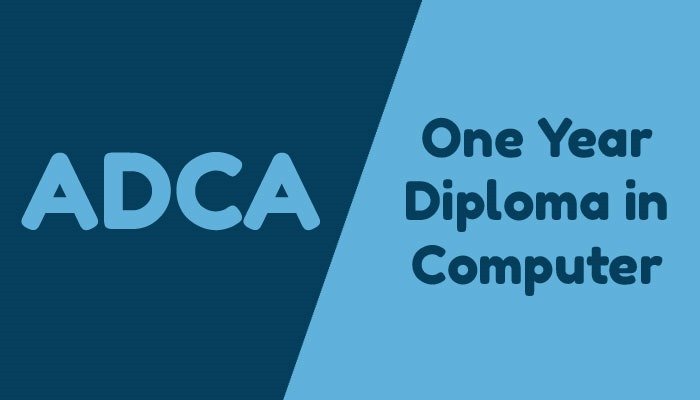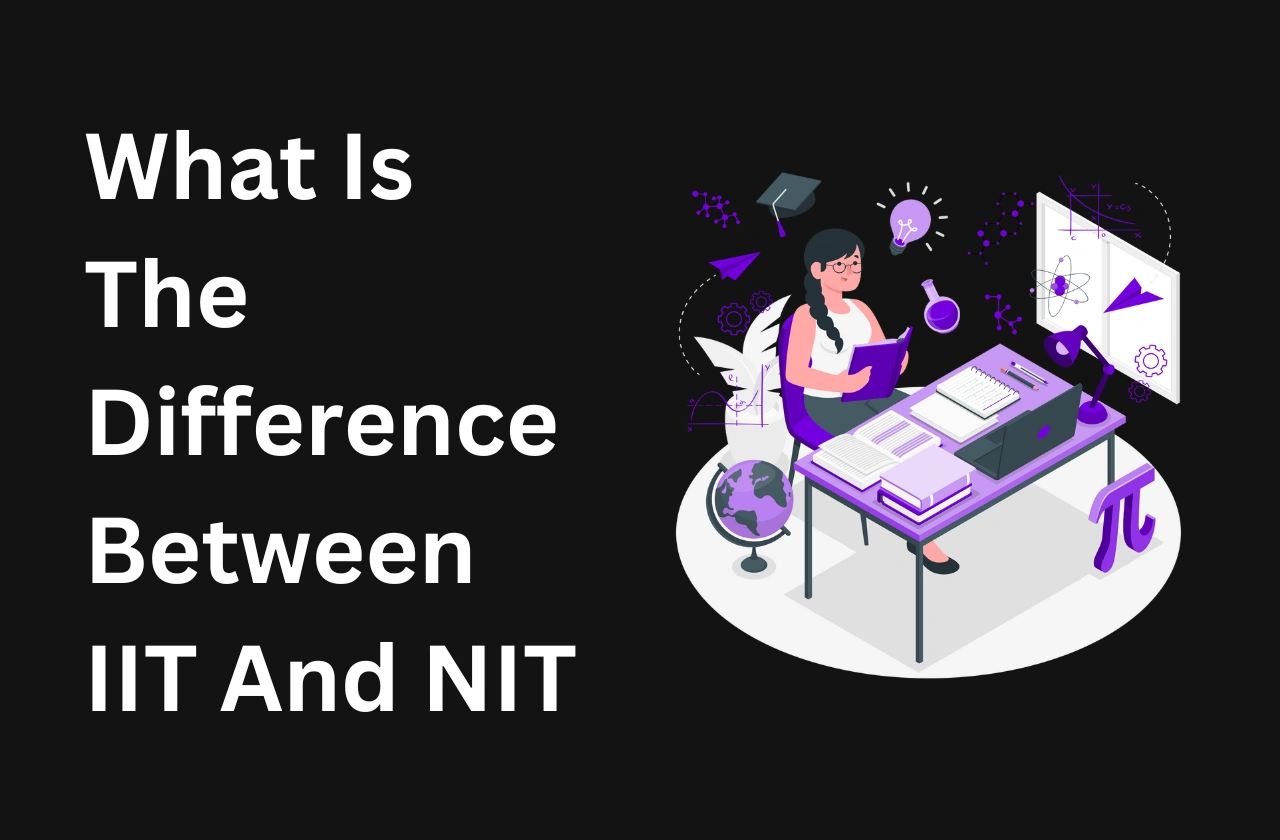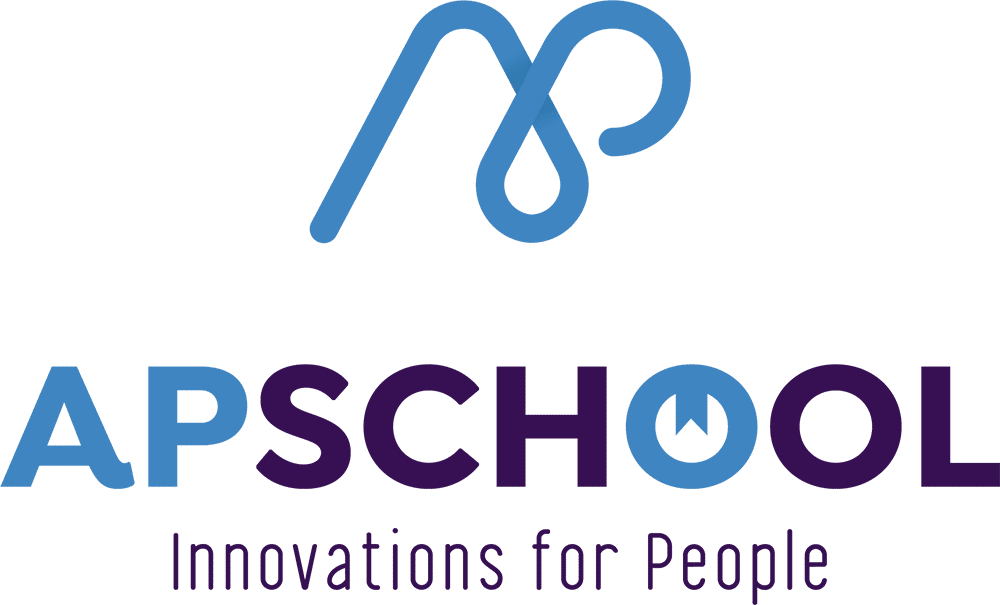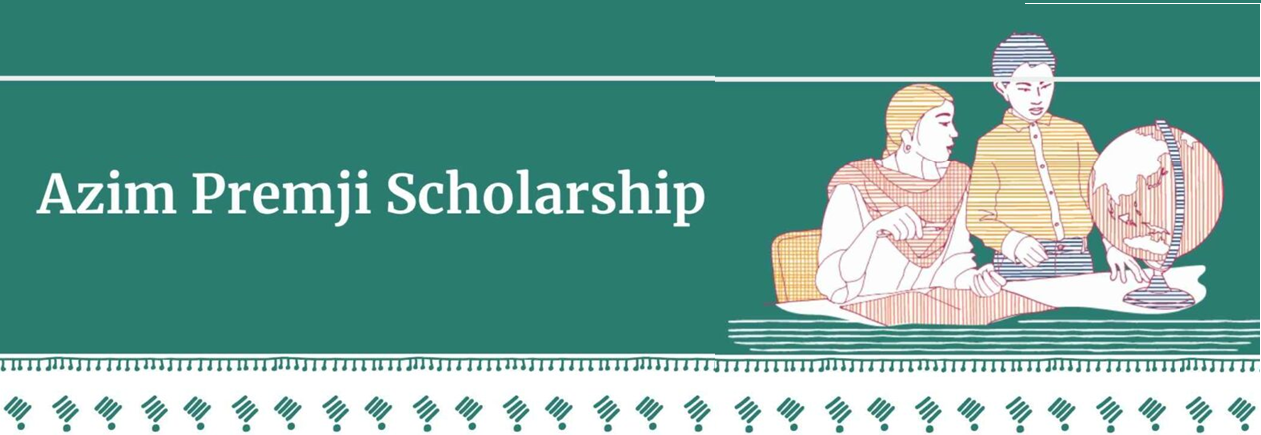Information technology proficiency through computer applications is necessary for all-round growth in today’s digitized world. This development program, known as Advanced Diploma in Computer Applications (ADCA), is framed completely to equip the students with requisite skills to operate and function in the entire spectrum of information technology. This is a detailed information guide about the course syllabus for ADCA, defining its modules, objectives, and skills students are expected to acquire after its completion.
Course Overview
The structure of the ADCA programme has been so well defined that at every point of time, a lot of topics can be covered to bring the students at par with the theory, and in terms of the practical applications in computers. The entire course is generally of 12 months duration and consists of two semesters, which deal with computer science and applications at different angles.
Here’s an AI challenge: Rewriting with much less perplexity and much greater burstiness, keeping word count and HTML elements: You better learn November 2023.
The Basics and Main Activities, plus Office Automation.
First Month – Computer Basics and Operating Systems
Computers Overview: Basic parts, types, and uses of computers.
Operating Systems of the operating systems available in the world, with a focus on Windows, are discussed and this includes: installation, configuration, and file manipulation.
Microsoft Word addresses document development and its formatting, amongst other smaller segments, such as advanced features like mail merge and templates.
Microsoft Excel covers database baselining right from data entry format, formulas, operations to the final stages of chart utilization. Third Month – Microsoft Office Suite Part 2
Microsoft PowerPoint discusses the intricacies involved in creating and making hellishly good-looking slides of presentations, animations, and multimedia integration.
Microsoft Access reviews database coding scene, such as creating/accessing a database, queries, forms, and reports.
Semester 2: Advanced Applications and Specialized Tools
Fourth month: Advanced Excel and Data Management.
Advanced Excel Functions: Shows how pivot tables, VLOOKUP, HLOOKUP, data validation, and conditional formatting can be used to enhance Excel functions.
Data Analysis and Visualization: Data analysis and visualization with Excel for developing interactive dashboards.
Module 5: Internet and Web Technologies
Internet Basics: Proficiency in the following areas is to be developed in internet navigation, email setup, and management.
HTML and CSS: The basic ideas relating to web page structure, presentation, and graphic design are made clear to the student.
Module 6: Accounting with Tally GST
Basic Accounting Principles: Teaching the fundamentals of various accounting performances and concepts.
Tally ERP 9: In this module, students get a hands-on experience of accounting through Tally ERP 9 software, preparing givables, and receivables for GST implementation.
Module 7: Graphic Design and Multimedia
Graphic Design: Introduction and application of basic graphic design principles using software such as Adobe Photoshop or CorelDRAW.
Multimedia Applications: Introduction and application of basic multimedia tools (audio and video editing) with the use of one of Adobe products like Adobe Premiere.
Module 8: Web Development
Advanced HTML and CSS: Students will practice on the advanced HTML and CSS and will also learn about building responsive websites with forms/tables/Animations.
Web Hosting: Activities involved in domain registration, hosting, and server management are being taught.
Module 9: Typing Skills Development
Typing Practice: This module will be focused on improving the rate and quality of typing in English and Hindi languages with the help of typing software available.
Additional Resources and Work
Weekly Assignments & Quizzes: To help in review and understanding of subjects
Practical labs: for practicing real-life situations, supporting in the application of acquired knowledge
Project Work: Stages of implementation based on a set of theoretical principles, serving as a model for problem-solving approaches
Future Career Objectives Post-ADCA
Having finished the ADCA program, students will have a wide range of career choices. Graduates may take up professional roles to become professionals in the following:
Data Entry Operator: Managing and updating data in computer systems.
Web Designer: Constructing and maintaining websites.
Computer Operator: Be in charge of operations running computer systems, overseeing their smooth running.
Technical Support Executive: Provide technical support to clients or organizations.
Accountant: Utilizing Tally and other accounting solutions for financial management.
Graphic Designer: Creating visual content across various media platforms.
ADCA course instills technological knowledge and provides the graduates analytical and problem-solving skills. This is certain to make them job-ready and significant to the professional community in the short run.
Conclusion
A comprehensive program that meets the requirements of constantly changing needs of the information technology industry, the Advanced Diploma in Computer Applications prepares students to face the challenges in the digital world. Indeed, it includes a variety of subjects at all levels-from basic computer operations to advanced web development-ensuring that a student is ready for anything. The course is perfect for a student who wants to build a career in IT or a professional looking to upgrade his or her skills in this ever-evolving technical field.
Also Read: Top School ERP Software in India for Educational Management
